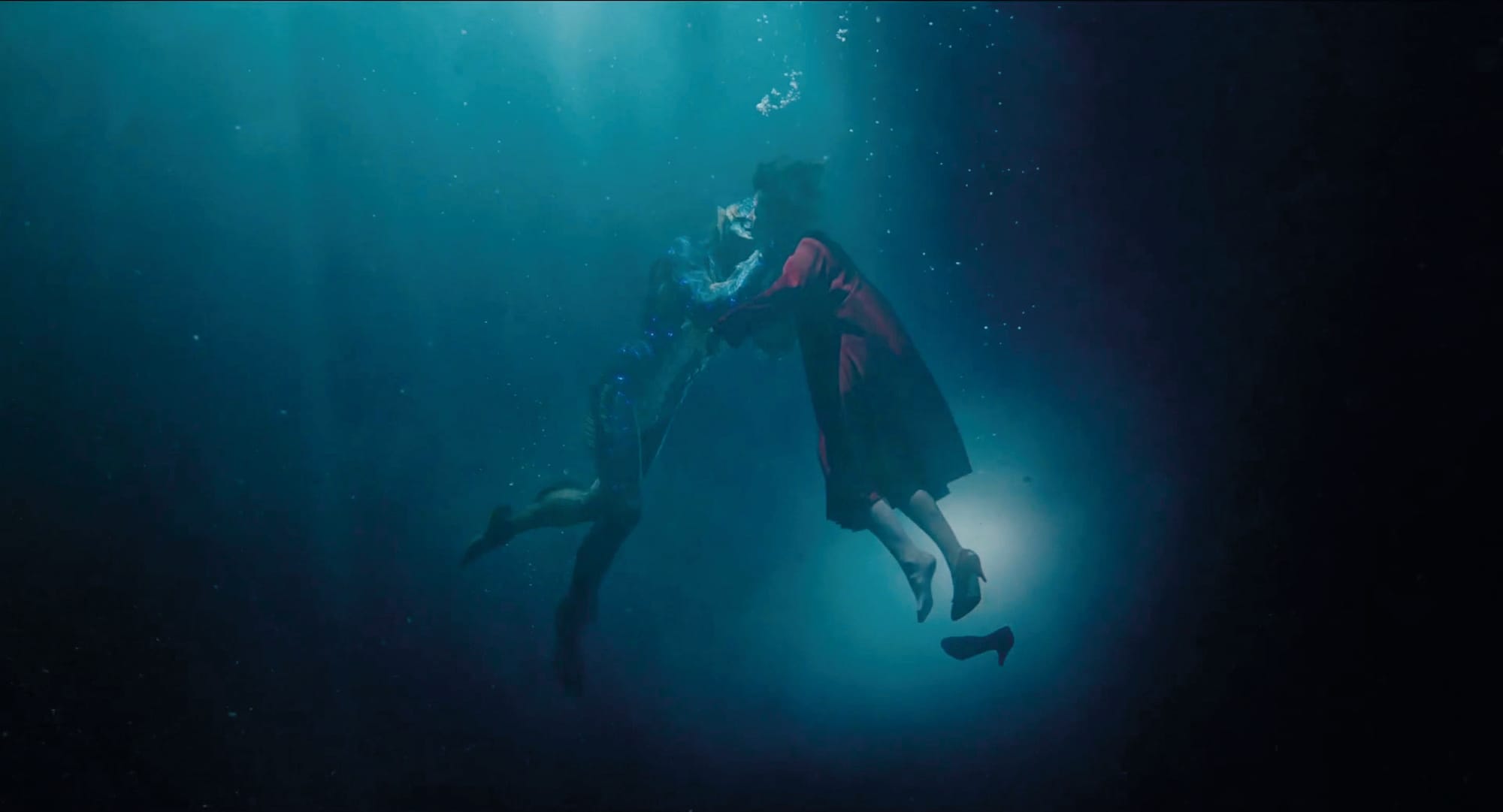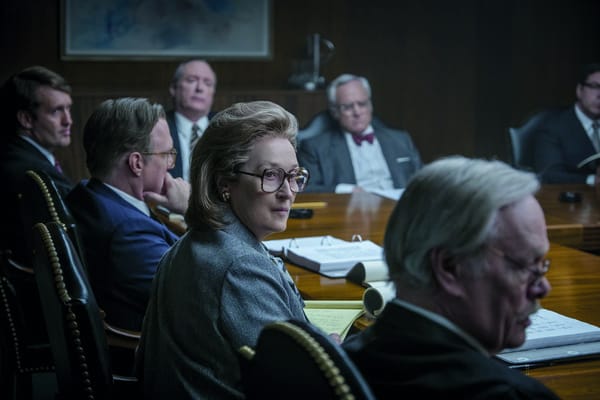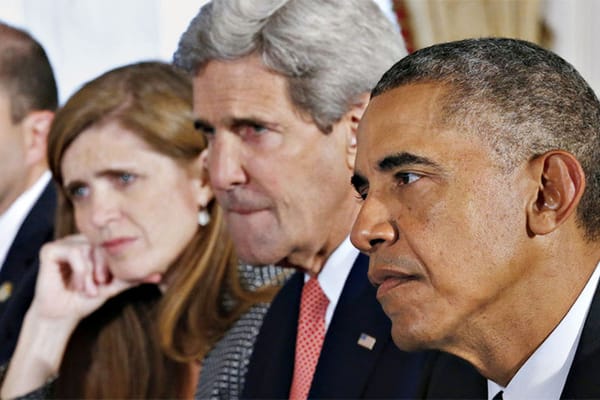On Directing Film
A politically-charged Best Director race influenced by a younger voting pool has made us question what it really means to direct a film.

The announcement of the Academy Award nominations last week saw the usual surprises and snubs roll in. One particular category has continued to be the source of much debate throughout awards season, with commentators and voters alike unable to come to agreement. Across the Golden Globes, BAFTAs, and Academy Awards this year we have had ten different people nominated for Best Director, an unprecedented total, and a somewhat welcome change from seeing the same five directors compete from January to March. In the end we wound up with four first time nominees, including two making their directorial debuts, joined by a man who has been widely lauded as our greatest working director.
There has been mounting pressure on the Academy in recent years to reward a more diverse range of performers and artists. Suggestions that the largely older, white, male voting pool lean towards voting for films made by their peers have caused the Academy to take measures to drastically alter the demographics of its voters, increasing the number of women and ethnic minorities, and lowering the average age. 683 new members were invited to join the Academy in 2016. Prior to this, the voting membership was by the Academy’s own count 94% white and 76% male. After, it is 89% white and 73% male.
While still a far cry from equality, the shake-up was a step in the right direction. This has undoubtedly influenced this year’s nominations, with older stalwarts Ridley Scott and Steven Spielberg – who received Golden Globe nods – shut out for the younger Greta Gerwig and Jordan Peele, both making films from perspectives that are not seen nearly enough on the big screen. There is still a huge amount of work that needs to be done to ensure that studios, production companies, and independent financiers invest more in women and ethnic minority filmmakers (only 11% of films in 2017 were directed by women, a figure that has not increased since 2000), but this is a start.
Call me old-fashioned though, but I for one would like to see the actual five best directorial efforts of the past year be nominated in the five Best Director slots. Crazy thought: maybe the category should do what it says on the tin. Of course, the Academy is allergic to lower budget, avant garde fair, and has consistently displayed a quality akin to xenophobia in its unswerving exclusion of foreign-language directors from the race. The likes of Sean Baker and Shane Carruth will likely never come close to Academy recognition, nor David Lowery for last year’s astonishing A Ghost Story; meanwhile, the Michel Hazanavicius’s and Michael Hanekes of this world come once in a blue moon. Even if we accept these limitations, the inclusion of Gerwig and Peele is still somewhat contentious. Were they really part of the best five English-language mainstream film directors last year?
To answer that question, we need to really think about what it means to direct a film. At a basic level, we can go with David Mamet’s definition: the director has two main duties – to know where to put the camera, and to communicate with the actors. This is rudimentary, and does not encompass the auteur theory of cinema, of which each of this year’s five nominees is an exponent, with all of them serving as writer-director-producers (bar Gerwig, who is merely a writer-director). However, to assess this year’s candidates for arguably the most prestigious prize in cinema, let us go along with Mamet’s ideology.
First up, Guillermo Del Toro. Though never nominated for Best Director before, he won the Golden Globe and Critics Choice Award, and is widely expected to follow this up with victories at the BAFTAs and Oscars. Del Toro’s career has largely been focused on stories about mythical beasts, and he has a knack for tying in these narratives with important periods in history. On this occasion he weaves a romance between a mute janitor and a merman-like aquatic creature from the Amazon with the masculine toxicity of the Cold War. Del Toro’s work is jaw-dropping, particularly the beautiful underwater shots and a wonderful black and white musical segment that harks back to the Classic Hollywood era. There is more than a little Douglas Sirk in this picture, and Sally Hawkins’ is mesmeric in the lead, ably supported by Octavia Spencer, Richard Jenkins, Michael Shannon, Michael Stuhlbarg, and Doug Jones in heavy suiting and make-up. Does he know where to put the camera? Check. Does he get great performances out of his actors? Check. If as expected Del Toro is victorious, he will be the fourth Mexican winner in the past five years. Other directors would be wishing Trump’s wall had been erected a few years ago.

Greta Gerwig is one of the most versatile actors of her generation, and has shown herself to be a dab hand as a writer, co-penning Frances Ha and Mistress America. Last year she was given the opportunity to step into the director’s chair for the first time. Her film, while not including any actual events from Gerwig’s life, “has a core truth that resonates with what I know”, to use her own words. The aesthetic, in the costumes and the production design, are extremely true to the early noughties. Gerwig told her cinematographer Sam Levy that she wanted the end product to feel like a memory, and they have gone some way to achieving this. Gerwig’s shot selection is simple, but serviceable, and she has undeniably used her own experience as an actor to aid Saoirse Ronan and Laurie Metcalf in giving two of the best performances of the year. In that respect she certainly fulfils her duty as a director assuredly. On the other hand, one has to question whether her task in directing Lady Bird was really as difficult as the grand scale of Denis Villeneuve’s triumph with Blade Runner 2049, or whether her choice of shots had anywhere near the subtext of Luca Guadagnino’s sensual Call Me by Your Name.
Gerwig passes the test with Lady Bird, but her test is like Key Stage 1 mathematics compared to the University level work Villeneuve and Guadagnino have attempted and pulled off. There is no doubt that Gerwig is riding a wave of momentum with the #MeToo and Time’s Up movements. It is insensitive to compare the suppression of female directors to the sexual violence against women that has led to these uprisings, and yet that is exactly what has happened. Society is rightly demanding women be treated fairly and equally in all aspects of life, but this may have pushed Gerwig into a position she does not necessarily deserve over others. The strength of her film is in the honesty of its script, and while her direction is adequate, it is not comparable to some of the others who have been left out.
“There is more than a little Douglas Sirk in Guillermo Del Toro’s The Shape of Water”
Get Out was a gargantuan financial hit. Jordan Peele’s social commentary certainly seemed to align with the current zeitgeist, and while initially well reviewed – but not acclaimed to the extent of the likes of Dunkirk, Call Me by Your Name, The Florida Project, or Phantom Thread – it has since gone on to top more year end lists than any other film. Peele draws decent performances from young talents like Daniel Kaluuya, Lakeith Stanfield, and Caleb Landry Jones, and the always excellent Catherine Keener and Bradley Whitford. However, Allison Williams is simply dire, and Lil Rel Howery’s moments are jarring, and not in a good way. This is surely Peele casting a throwback to his sketch show acting days, and not a particularly welcome one. Comparison with The Killing of a Sacred Deer is useful, as Yorgos Lanthimos’ ability to create suspense through motivated and careful camera movement and a staccato score is far more effective than anything Peele is able to conjure up, evidencing Peele’s directorial shortcomings. Peele’s concept, particularly that of the sunken place, is insightful, but again, like Gerwig, one cannot help but feel that the strength of this film is in the script (which arguably comes loose in the third act anyway) and not in the direction. Still, Peele becomes only the fifth black person nominated for Best Director, following recent nominations for Barry Jenkins and Steve McQueen. One would be hard pressed to find anyone that considers Peele’s directorial achievements on a par with the elegiac lyricism of Jenkins or the gritty expressionism of McQueen.
Steven Spielberg. James Cameron. Quentin Tarantino. There are but a handful of directors who have been able to transform themselves into a brand, but Christopher Nolan can surely count himself in this elite company. Considering the popularity of the likes of Inception and The Dark Knight, it will have been of surprise to many to learn that Dunkirk was in fact Nolan’s first Oscar nomination for Best Director. In reality, this is the first time Nolan has really deserved it. Dunkirk is his best film, playing to his strengths while cutting out his tortured leading men with dying wives and cringe-worthy dialogue. Nolan has stripped down cinema to its foundations – sight and sound – and pushed those elements to the limit. Dunkirk does falter in the sense that the emotional beats, such as the death of Barry Keoghan’s young volunteer George Mills and the capture of Tom Hardy’s spitfire pilot Farrier, do not truly resonate. Undeniably though, Nolan delivered cinema in its purest form, and deserved his nod for Best Director.
“The younger, diverse voting pool has been credited for Gerwig and Peele’s nominations”
While the younger, more diverse voting pool has been credited for Gerwig and Peele’s nominations, what many commentators did not count on is that the likes of Anderson and Nolan, who are idolised by young filmmakers, would benefit too. A man who has earned praise from the likes of Bergman, Scorsese, and Kubrick, superb scores, beautiful cinematography, richly unique characters, and tremendous acting performances are all hallmarks of Anderson’s work, particularly as he has matured and moved into a more refined and less wild mode of filmmaking. Perhaps the three greatest male acting performances of the century came in Anderson films – Daniel Day-Lewis in There Will Be Blood and Joaquin Phoenix and Phillip Seymour Hoffman in The Master. This highlights his extraordinary abilities as a director, and, alongside his sumptuously framed shots (which he composed entirely on his own this time round, serving as his own cinematographer), showcase him as the finest filmmaker of his generation. Phantom Thread is not another step on the ladder to greatness for Paul Thomas Anderson; he has already long resided in the pantheon of the greats.
It may be controversial to suggest that Gerwig and Peele have received their nominations on the basis of politics, but it certainly seems to be the case that their inclusion has been driven by the desire to include more women and ethnic minorities, especially when their work is stacked up against that of Del Toro, Anderson and Nolan. Their nominations have certainly caused debate, and prompted questions on how we should judge the quality of directing. At this year’s Oscars, many of the Best Picture nominees will also be competing in other categories. Were films akin to mathematical equations, once one removes the acting, writing, and technical elements of the film, then Best Picture should equal Best Director. Sadly that is not the case, and it is incredibly hard to separate the director from the rest of the production, more so than any other category. Filmmaking is the most collaborative of processes, and the lines between individual disciplines are so often blurred. It is the director’s job to bring all these elements together into a cohesive vision. When they all do come together it can yield spectacular results. That is what good directing is, and that is what good filmmaking is.








